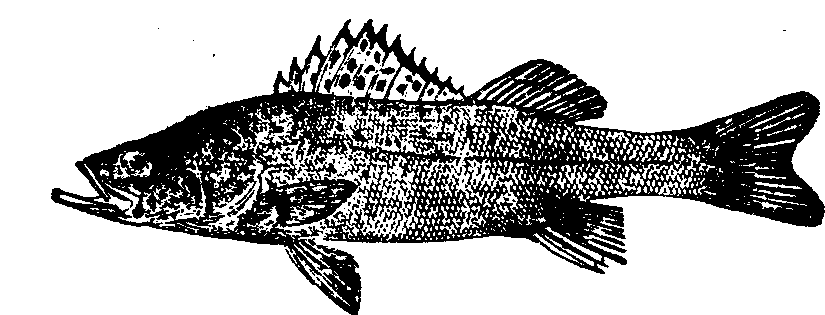鲈鱼Lateolabraxjaponicus
脊椎动物,鱼纲,科。体长而侧扁,长达60厘米。口大,

鲈鱼
鲈鱼Bass
硬骨鱼纲鮨科鱼分为三科:温带鲈鱼科,其中加拿大产4种,即美洲石鲈、金眼鲈、条纹石鲈和多锯鲈;太阳鱼科,其中加拿大产12种,包括黑鲈、岩鲈和小口黑鲈等;海鲈科,其中加拿大产3种,即黄鳍鲈、海鲈和雪鲈。从以上分类可以看出,某些品种并不叫鲈鱼,钓鱼者还常用此名来称其他类鱼。温带鲈鱼科鲈鱼生活于加拿大东部海水、微咸水和淡水中,其中条纹石鲈经引种已开始在不列颠哥伦比亚沿岸生活,与太阳鱼科鲈鱼类似,口中有齿,鳍呈刺状,一般有1条鳃盖鳍,2条背鳍,其中软鳍条背鳍与刺状背鳍分离。该科鱼种一般用于垂钓,较少进行商业性捕捞。太阳鱼科鲈鱼多见于南部淡水湖泊和温暖且流速缓慢的溪流中,其原产地为东部水域,后引种于太平洋水域,口中有排齿,生连续背鳍,鳞片有栉齿边,以昆虫、淡水螯虾和其他鱼种为食。其中黑鲈和小口黑鲈为加拿大重要的水产鱼种。海鲈科鱼种多见于大西洋沿岸,目前,人们对其所知甚少,其中黄鳍鲈鱼最近才在加拿大水域被发现。